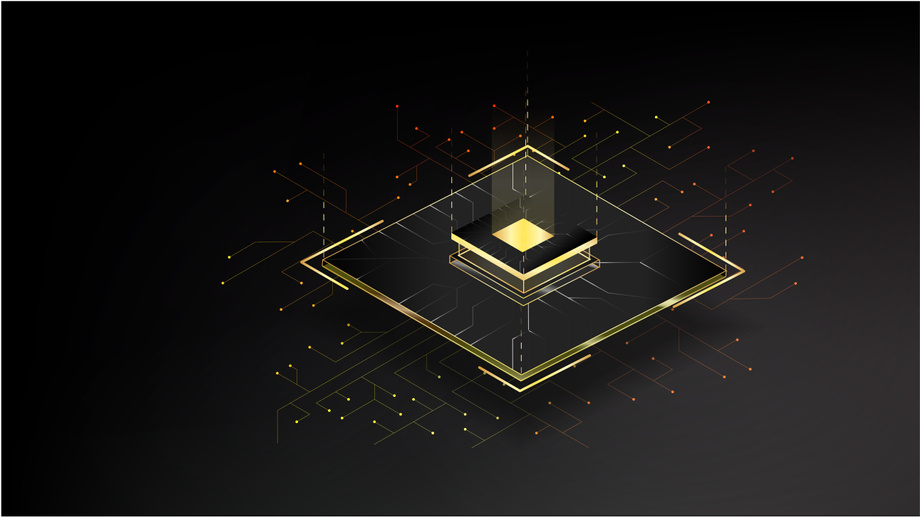Quantum Sensing Using Entangled Photons and Phonons
A quantum semiconductor design that opens up the possibility of realizing novel devices in which electron-phonon coupling is exploited to generate single phonons on-demand.
Hot carriers in semiconductor devices may lose energy efficiently through the emission of phonons. In 2D materials, the phonon energies (100-200 meV) can be well above the thermal background at room temperature. The present invention describes a quantum semiconductor design approach that opens up the possibility of realizing novel devices in which electron-phonon coupling is exploited to generate single phonons on-demand.
Phonons in semiconductors are the quantum vibrations of the crystal lattice and have the potential to be used as a novel means to communicate quantum information. In spite of this, the techniques needed to manipulate and electrically detect phonons in semiconductor devices has remained relatively unexplored. The invention described here addresses this problem by providing a scalable scheme to the generates of single phonons on-demand.
University at Buffalo researchers have developed on-demand, all-electrical approaches to the manipulation of elementary quanta in the solid-state. To achieve this, atomically-thin materials are used as the physical platform featuring outstanding physical (electronic, optical and thermal) properties which can be conveniently implemented in heterostructured form and which are amenable to integration with existing silicon technology. Additionally, the strong two-dimensional confinement in these materials means that their characteristic (electronic, phononic, and excitonic) energy scales can be very much higher than those of traditional, bulk semiconductors. Depending upon the application, this suggests the promise of operation at increased temperatures that bulk materials (for example, Si and GaAs) usually require for quantum-coherent operation.
 varflolomey, https://stock.adobe.com/uk/483889655, stock.adobe.com
varflolomey, https://stock.adobe.com/uk/483889655, stock.adobe.com
- Ultra-high sensitivity
- Quantum-coherent operation at increased temperatures that bulk materials (for example, Si and GaAs) require
- All-electrical sourcing and detection of single phonons
- Ability to transduce quantum information between disparate locations on-chip
- Conveniently implemented in heterostructured form
- Integrates with existing silicon technology
- LIDAR - (Light Detection and Ranging)
- Sensors
- Detectors
- Single-phonon sources and detectors
- Quantum frequency converters
US12329042B1
Development of device concepts and approaches
Available for licensing or collaboration.
Patent Information:
| App Type |
Country |
Serial No. |
Patent No. |
Patent Status |
File Date |
Issued Date |
Expire Date |
|